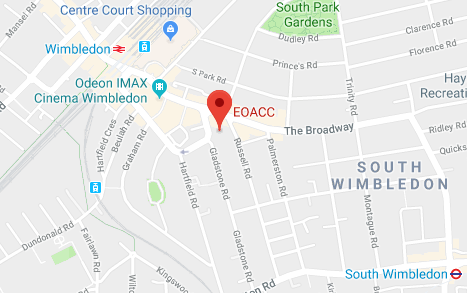Business Asset Disposal Relief on Retained Earnings
When you close down your limited company and you have Retained Earnings in your company, you could possibly claim Business Asset Disposal Relief. There are potentially big tax savings in doing this.
To claim Business Asset Disposal Relief on the retained earnings of your closing limited company, all of the below qualifying conditions must be met:
- Your company has traded for at least 2* years prior to closing;
- You held at least 5% of the shares and voting rights for a minimum of 2* years prior to closing (and have consequently been entitled to at least 5% of the retained earnings);
- You were a director, office holder or paid employee for at least 2* years prior to closing;
- At the time of closing it is not your intention to be involved in a similar trade or activity within two years after closing (you must be able to prove your intention if necessary); and
- Obtaining a tax advantage is not one of your main purposes.
*The period changed from 1 year to 2 years for closures after 5 Apr’19.
The advantage of claiming Business Asset Disposal Relief is lower taxes – this is how it works:
- The total Retained Earnings in your company is a capital distribution, on which you are taxed under the Capital Gains Tax (CGT) rules instead of the dividend tax rules (which are significantly higher for higher rate tax payers – see our blog for more info);
- You are entitled to a CGT free allowance (this is £12,000 for the 19/20 personal tax year);
- Any Retained Earnings above this amount is taxed at 10% when claiming Entrepreneurs’ Relief;
- If you don’t claim Business Asset Disposal Relief, the Retained Earnings in your company will be taxed at the normal CGT rates of 20% at higher rate and 10% at basic rate.
Below are two examples illustrating the calculation of CGT/ Business Asset Disposal Relief on Retained Earnings. Please note that if your Retained Earnings are more than £25k you need to formally liquidate your company to claim Entrepreneurs’ Relief. So, the cost of formal liquidation must be considered when deciding whether you’re better off with dividends or with a capital distribution.
Example 1 – Retained Earnings below £25,000
Retained Earnings are £24,750 – CGT is calculated as follows:
Total capital gains £24,750
Less: CGT free allowance (19/20 tax year) £12,000
Net Taxable Capital Gains £12,750
CGT at the Entrepreneurs’ Relief rate of 10% £ 1,275
A higher rate tax payer taking the above Retained Earnings as a dividend instead of a capital distribution, will pay a minimum of 32.5% dividend tax, i.e. £8,043.75 dividend tax. So, the tax saving for a higher rate payer in this example is £6,768.75.
Example 2 – Retained Earnings more than £25,000
Retained Earnings are £85,750 – CGT is calculated as follows (ignoring any liquidator fees):
Total capital gains £85,750
Less: CGT free allowance (19/20 tax year) £12,000
Net Taxable Capital Gains £73,750
CGT at the Entrepreneurs’ Relief rate of 10% £ 7,375
A higher rate tax payer taking the above Retained Earnings as a dividend instead of a capital distribution, will pay a minimum of 32.5% dividend tax, i.e. £27,868.75 dividend tax. So, the tax saving for a higher rate payer in this example is £20,493.75.
Tax implications
Whether you distribute the Retained Earnings in your company as a dividend or as a capital distribution will not make any difference to the Corporation Tax in your company. The big difference comes in with your personal tax, as you can see in the examples above.
Please note that if your total personal earnings are higher than £100k, you will pay more than 32.5% tax on dividends, because you’re in an even higher tax bracket.
Remember that your portion of the Retained Earnings amount as per the company’s closure accounts must be declared in your next personal tax return.
Retained Earnings on BeanBalance
The Business Position Module on BeanBalance will show you what your retained earnings are at any time, you must just make sure your BeanBalance is up to date.

